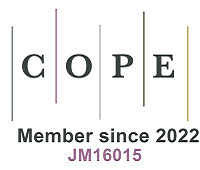Multiscale microstructure design for high-performance dielectric energy storage materials
Abstract
Dielectric materials are increasingly recognized as promising candidates for advanced energy storage and power amplification, particularly in dielectric capacitors that combine high power density with rapid charge–discharge capability and exceptional cycling stability. Special attention is given to the development of multilayer ceramic capacitors (MLCCs) for high-power pulsed systems, where the challenge lies in simultaneously achieving miniaturization and high energy density. This review highlights recent advances in dielectric materials, with particular emphasis on polarization engineering strategies that enhance energy and power densities through multi-scale microstructural design, spanning devices, interfaces, grains, domains or nanoregions, and the lattice itself. Progress in material design is examined, including targeted doping, component solid solutions, high-entropy configurations, polarization mismatch, delayed polarization saturation, composite architectures, and texturing techniques, each evaluated for its role in improving dielectric performance. Special attention is devoted to solid-state dielectrics, which offer a unique combination of environmental compatibility and robust functional properties. The role of multiscale structural tailoring and processing innovations in optimizing dielectric responses is also explored. By integrating recent advances in polarization control and material design, this review outlines pathways toward next-generation dielectric energy storage systems, highlighting the importance of not only performance, but also scalability, reliability, and device integration.
Keywords
Energy storage, dielectric materials, polarization regulation, high-power density, lead-free perovskite ceramics, MLCCs
Cite This Article
Zhang L, Jing R, Zhang S, Jin L. Multiscale microstructure design for high-performance dielectric energy storage materials. Microstructures 2025;5:[Accept]. http://dx.doi.org/10.20517/microstructures.2025.89














